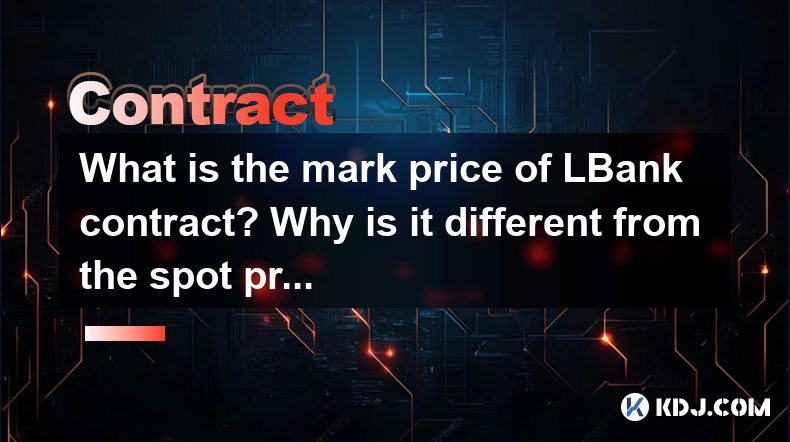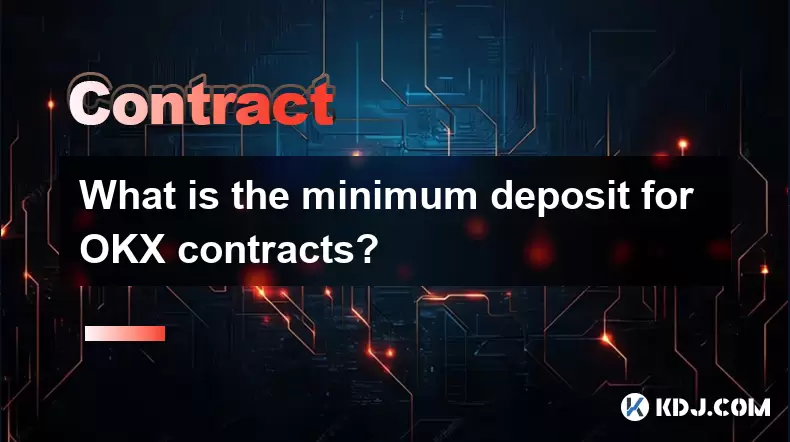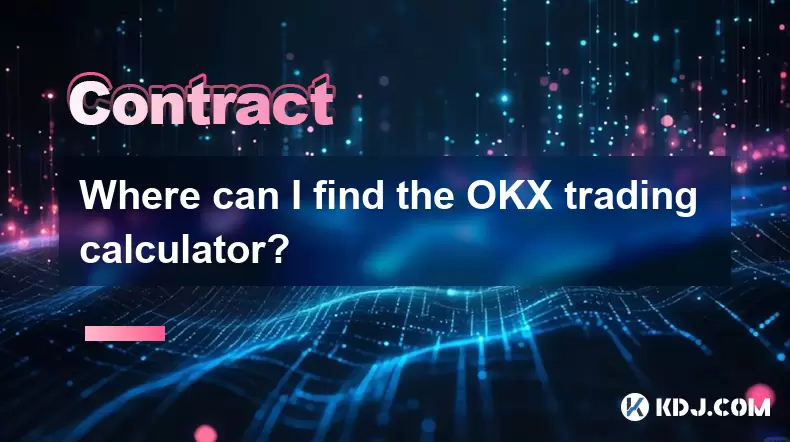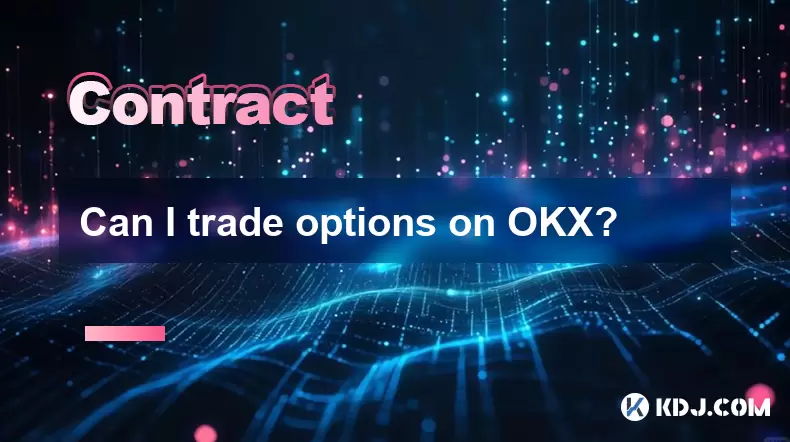-
 Bitcoin
Bitcoin $117500
2.15% -
 Ethereum
Ethereum $3911
6.19% -
 XRP
XRP $3.316
10.79% -
 Tether USDt
Tether USDt $1.000
0.01% -
 BNB
BNB $787.2
2.24% -
 Solana
Solana $175.2
4.15% -
 USDC
USDC $0.9999
0.00% -
 Dogecoin
Dogecoin $0.2225
8.40% -
 TRON
TRON $0.3383
0.28% -
 Cardano
Cardano $0.7868
6.02% -
 Stellar
Stellar $0.4382
9.34% -
 Hyperliquid
Hyperliquid $40.92
7.56% -
 Sui
Sui $3.764
7.63% -
 Chainlink
Chainlink $18.48
10.66% -
 Bitcoin Cash
Bitcoin Cash $582.1
1.88% -
 Hedera
Hedera $0.2601
6.30% -
 Avalanche
Avalanche $23.33
4.94% -
 Ethena USDe
Ethena USDe $1.001
0.02% -
 Litecoin
Litecoin $122.3
2.04% -
 UNUS SED LEO
UNUS SED LEO $8.969
-0.27% -
 Toncoin
Toncoin $3.339
0.86% -
 Shiba Inu
Shiba Inu $0.00001287
4.30% -
 Uniswap
Uniswap $10.43
7.38% -
 Polkadot
Polkadot $3.861
5.08% -
 Dai
Dai $1.000
0.02% -
 Bitget Token
Bitget Token $4.513
3.41% -
 Monero
Monero $267.7
-6.18% -
 Cronos
Cronos $0.1499
4.14% -
 Pepe
Pepe $0.00001110
5.15% -
 Aave
Aave $284.9
8.28%
What is the mark price of LBank contract? Why is it different from the spot price?
LBank's mark price, calculated using spot price, funding rate, and market indicators, prevents manipulation and ensures fair trading in futures contracts.
May 02, 2025 at 10:49 pm

The mark price of an LBank contract is a crucial concept in the world of cryptocurrency futures trading. It represents the fair value of a futures contract at any given time, designed to prevent the manipulation of the market and to ensure that traders are protected from sudden liquidations. The mark price is calculated using a combination of the spot price, the funding rate, and other market indicators. This article will delve into the specifics of the mark price on LBank, explain why it differs from the spot price, and provide a comprehensive understanding of its importance in trading.
Understanding the Mark Price on LBank
The mark price on LBank is not simply the current trading price of the futures contract. Instead, it is a calculated value that aims to reflect the true value of the contract more accurately. LBank uses a sophisticated algorithm to determine the mark price, which takes into account the following components:
- Spot Price: The current price of the underlying asset in the spot market.
- Funding Rate: The rate at which long and short positions exchange funds to maintain balance in the market.
- Index Price: A reference price derived from multiple spot exchanges to provide a more stable and reliable benchmark.
By integrating these factors, LBank ensures that the mark price is less susceptible to manipulation and provides a more stable reference for traders.
Why the Mark Price Differs from the Spot Price
The mark price and the spot price are inherently different due to the nature of futures contracts. The spot price represents the immediate market value of the asset, whereas the mark price is a calculated value designed to reflect the fair value of the futures contract. There are several reasons why these two prices may differ:
- Market Manipulation: The spot price can be easily manipulated by large traders, especially in less liquid markets. The mark price, on the other hand, uses multiple data points to mitigate this risk.
- Funding Rates: The funding rate, which is part of the mark price calculation, can cause the mark price to diverge from the spot price. If the funding rate is high, it can push the mark price above the spot price, and vice versa.
- Market Volatility: During periods of high volatility, the spot price can fluctuate rapidly, while the mark price, which is designed to be more stable, may not reflect these rapid changes as quickly.
Understanding these differences is crucial for traders to manage their positions effectively and avoid unexpected liquidations.
How LBank Calculates the Mark Price
LBank employs a specific methodology to calculate the mark price of its futures contracts. The process involves the following steps:
- Determine the Index Price: LBank calculates the index price by taking the average price from multiple reputable spot exchanges. This provides a more stable and reliable benchmark.
- Calculate the Fair Price: The fair price is derived by adjusting the index price with the funding rate. This adjustment helps to reflect the cost of holding the futures contract over time.
- Apply the Mark Price Formula: The mark price is then calculated using the formula: Mark Price = Index Price + (Funding Rate Time to Funding)*. This formula ensures that the mark price accurately reflects the true value of the futures contract.
By following this methodology, LBank ensures that the mark price is a fair and reliable indicator for traders.
Importance of the Mark Price in Trading
The mark price plays a vital role in the trading of futures contracts on LBank. It serves several important functions:
- Preventing Liquidations: By using a mark price that is less susceptible to manipulation, LBank helps prevent traders from being liquidated due to sudden, artificial price movements.
- Ensuring Fairness: The mark price ensures that all traders are treated fairly, as it provides a more accurate reflection of the contract's value.
- Maintaining Market Stability: By using a stable and reliable mark price, LBank helps to maintain overall market stability and reduce the risk of extreme price fluctuations.
Understanding the role of the mark price is essential for any trader looking to engage in futures trading on LBank.
Practical Implications for Traders
For traders, understanding the mark price and its difference from the spot price has several practical implications. Here are some key considerations:
- Position Management: Traders need to monitor the mark price closely, as it determines their margin requirements and potential liquidation levels. A sudden change in the mark price can lead to unexpected liquidations if not managed properly.
- Risk Management: By understanding the factors that influence the mark price, traders can better manage their risk exposure. For example, knowing that a high funding rate can push the mark price above the spot price can help traders anticipate potential price movements.
- Trading Strategies: The difference between the mark price and the spot price can be exploited in various trading strategies. For instance, arbitrage opportunities may arise when the mark price deviates significantly from the spot price.
By taking these factors into account, traders can make more informed decisions and improve their overall trading performance.
Frequently Asked Questions
Q: How often is the mark price updated on LBank?
A: The mark price on LBank is updated in real-time, ensuring that it reflects the most current market conditions. This continuous updating helps maintain the accuracy and reliability of the mark price.
Q: Can the mark price be lower than the spot price?
A: Yes, the mark price can be lower than the spot price. This typically occurs when the funding rate is negative, which means that short positions are paying long positions. The negative funding rate can cause the mark price to fall below the spot price.
Q: How does LBank ensure the accuracy of the index price used in the mark price calculation?
A: LBank ensures the accuracy of the index price by using data from multiple reputable spot exchanges. This multi-source approach helps to mitigate the risk of manipulation and provides a more stable and reliable benchmark for the mark price calculation.
Q: What happens if the mark price and the spot price diverge significantly?
A: If the mark price and the spot price diverge significantly, it can create arbitrage opportunities for traders. However, LBank's system is designed to minimize such divergences by using a robust mark price calculation methodology. Traders should monitor these divergences closely and adjust their strategies accordingly.
Disclaimer:info@kdj.com
The information provided is not trading advice. kdj.com does not assume any responsibility for any investments made based on the information provided in this article. Cryptocurrencies are highly volatile and it is highly recommended that you invest with caution after thorough research!
If you believe that the content used on this website infringes your copyright, please contact us immediately (info@kdj.com) and we will delete it promptly.
- Stablecoins, Hong Kong, and On-Chain Finance: Navigating the Regulatory Maze
- 2025-08-08 12:30:12
- Tron's Sell-Off Spurs Altcoin Shift: What's Next for TRX?
- 2025-08-08 08:30:12
- Euler, DeFi, and Coinbase: A New York Minute on the Latest Buzz
- 2025-08-08 12:30:12
- RUVI Presale: Is the Growth Potential Real?
- 2025-08-08 09:10:12
- Sleep Token's US Takeover: Thornhill Rides the 'Even In Arcadia' Wave
- 2025-08-08 08:30:12
- FTT Token's Wild Ride: Creditor Repayments vs. Market Drop - A New Yorker's Take
- 2025-08-08 07:10:12
Related knowledge

What is the distinction between mark price and last price on KuCoin?
Aug 08,2025 at 01:58pm
Understanding the Basics of Price in Cryptocurrency TradingIn cryptocurrency exchanges like KuCoin, two key price indicators frequently appear on trad...

What are the specific maker and taker fees on KuCoin Futures?
Aug 08,2025 at 08:28am
Understanding Maker and Taker Fees on KuCoin FuturesWhen trading on KuCoin Futures, users encounter two primary types of fees: maker fees and taker fe...

What is the maximum leverage available on KuCoin Futures?
Aug 08,2025 at 10:21am
Understanding Leverage in KuCoin Futures TradingLeverage in KuCoin Futures allows traders to control a larger position size using a smaller amount of ...

What is the minimum deposit for OKX contracts?
Aug 08,2025 at 07:00am
Understanding OKX Contract Trading BasicsOKX is one of the leading cryptocurrency derivatives exchanges, offering a wide range of perpetual and future...

Where can I find the OKX trading calculator?
Aug 08,2025 at 07:49am
Understanding the OKX Trading Calculator FunctionalityThe OKX trading calculator is a powerful analytical tool designed to assist traders in estimatin...

Can I trade options on OKX?
Aug 08,2025 at 11:01am
Understanding Options Trading on OKXYes, you can trade options on OKX. OKX is one of the leading cryptocurrency derivatives exchanges that offers a de...

What is the distinction between mark price and last price on KuCoin?
Aug 08,2025 at 01:58pm
Understanding the Basics of Price in Cryptocurrency TradingIn cryptocurrency exchanges like KuCoin, two key price indicators frequently appear on trad...

What are the specific maker and taker fees on KuCoin Futures?
Aug 08,2025 at 08:28am
Understanding Maker and Taker Fees on KuCoin FuturesWhen trading on KuCoin Futures, users encounter two primary types of fees: maker fees and taker fe...

What is the maximum leverage available on KuCoin Futures?
Aug 08,2025 at 10:21am
Understanding Leverage in KuCoin Futures TradingLeverage in KuCoin Futures allows traders to control a larger position size using a smaller amount of ...

What is the minimum deposit for OKX contracts?
Aug 08,2025 at 07:00am
Understanding OKX Contract Trading BasicsOKX is one of the leading cryptocurrency derivatives exchanges, offering a wide range of perpetual and future...

Where can I find the OKX trading calculator?
Aug 08,2025 at 07:49am
Understanding the OKX Trading Calculator FunctionalityThe OKX trading calculator is a powerful analytical tool designed to assist traders in estimatin...

Can I trade options on OKX?
Aug 08,2025 at 11:01am
Understanding Options Trading on OKXYes, you can trade options on OKX. OKX is one of the leading cryptocurrency derivatives exchanges that offers a de...
See all articles

























































































